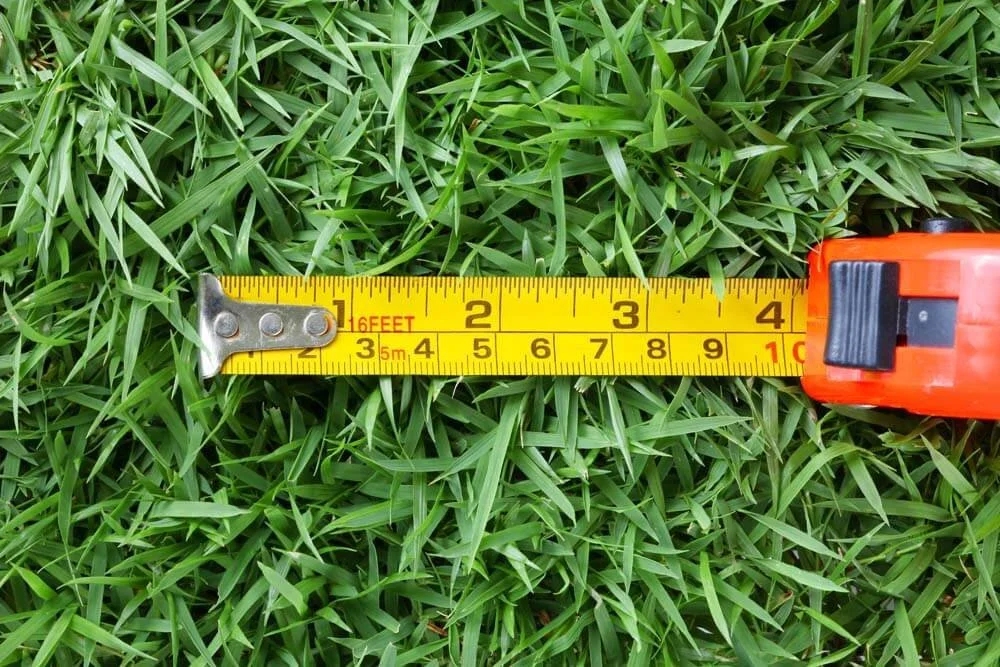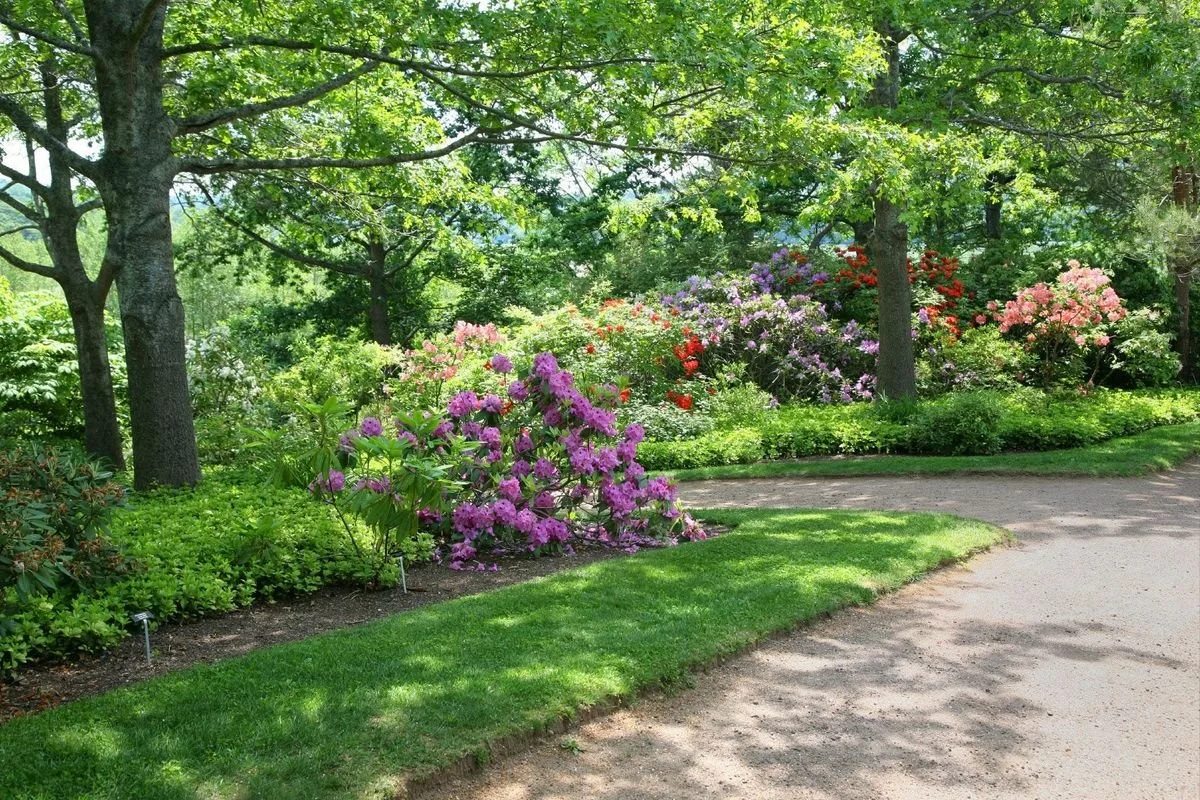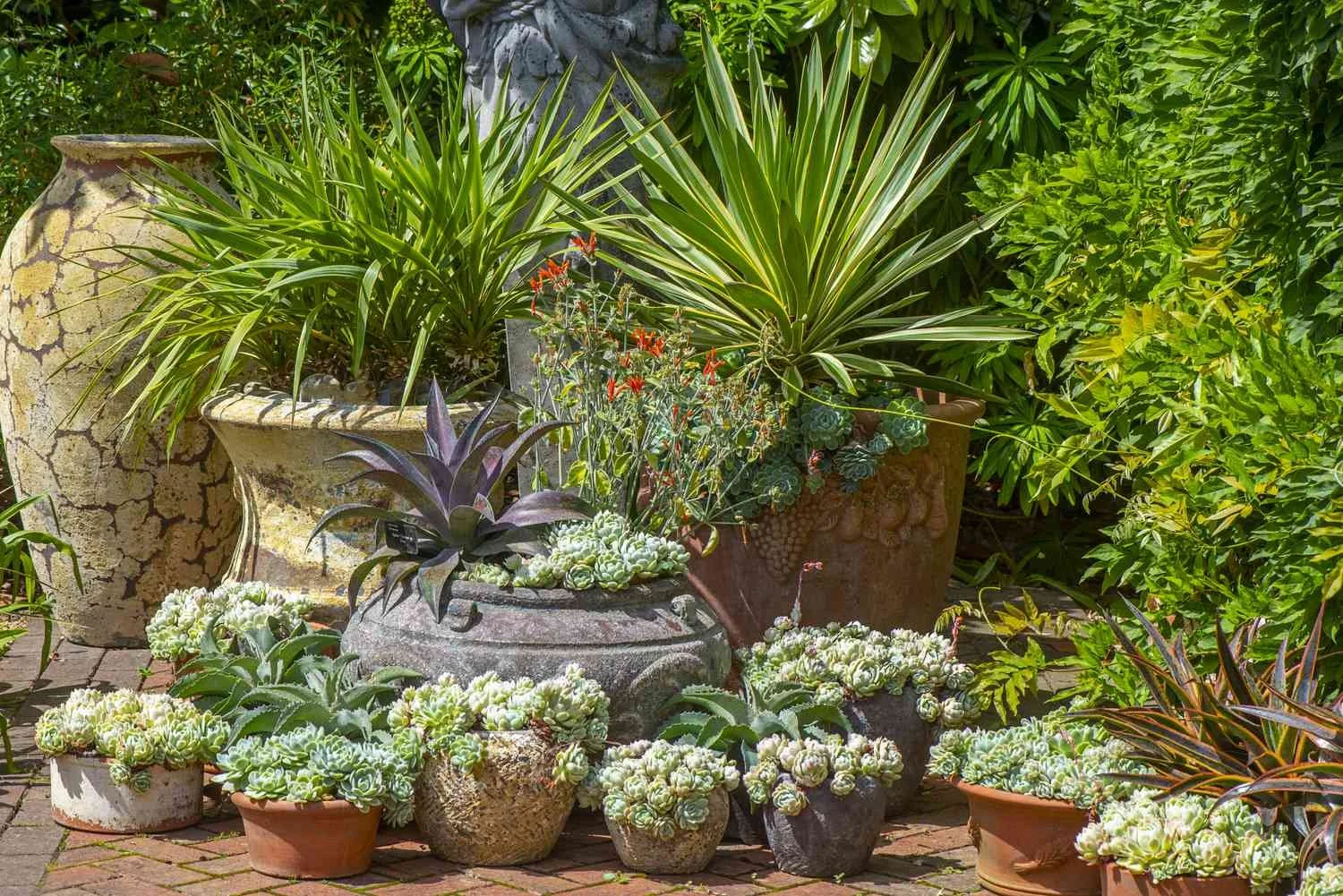
Garden Layout: How to Plan and Arrange Your Plants
Why Layout Matters
A well-planned garden isn’t just beautiful—it’s easier to maintain, ensures plants thrive, and maximises the use of light, space, and soil conditions.
Taking a little time to plan before planting saves a lot of work later and creates a harmonious, productive garden.
Steps to Layout Your Garden
1. Assess Your Space
Measure your garden and note boundaries, paths, and existing plants.
Observe sunlight patterns: full sun, partial shade, and deep shade areas.
Check soil type and drainage—different plants thrive in different conditions.
2. Decide on a Style or Theme
Formal: Symmetrical beds and neatly clipped hedges.
Informal: Flowing shapes, mixed borders, and natural planting.
Wildlife-friendly: Native plants, shrubs, and flowers that attract bees, birds, and butterflies.
3. Layer Your Plants
Tall plants at the back: Trees, large shrubs, or tall perennials.
Examples: Hydrangeas, Forsythia, BambooMedium height in the middle: Bushes, smaller shrubs, and mid-height perennials.
Examples: Lavender, Camellias, RosesLow-growing plants at the front: Groundcovers, annuals, and border plants.
Examples: Hostas, Heucheras, Marigolds
4. Consider Plant Needs
Group plants with similar sunlight, water, and soil requirements together.
Avoid planting water-loving species next to drought-tolerant plants.
Mix flowering times for continuous colour throughout the year.
5. Plan for Colour, Texture, and Interest
Combine foliage colours, leaf shapes, and flower colours for variety.
Include evergreens for year-round structure.
Add seasonal interest: spring bulbs, summer perennials, autumn foliage.
6. Allow Space to Grow
Check mature sizes on plant labels and avoid overcrowding.
Ensure paths and seating areas are accessible for maintenance and enjoyment.
7. Think Vertically
Use trellises, arches, or walls for climbing plants.
Examples: Clematis, Climbing Roses, HoneysuckleVertical planting can maximise space and create visual interest.
8. Maintain Flexibility
Gardens evolve over time—plan with room to move plants or introduce new varieties.
Consider containers for seasonal displays or plants that need special care.
🌱 Extra Tip! 🌱
Sketch a simple plan on paper before planting. Include plant heights, bloom times, and sunlight requirements. Even a rough plan makes a big difference when you start planting!







